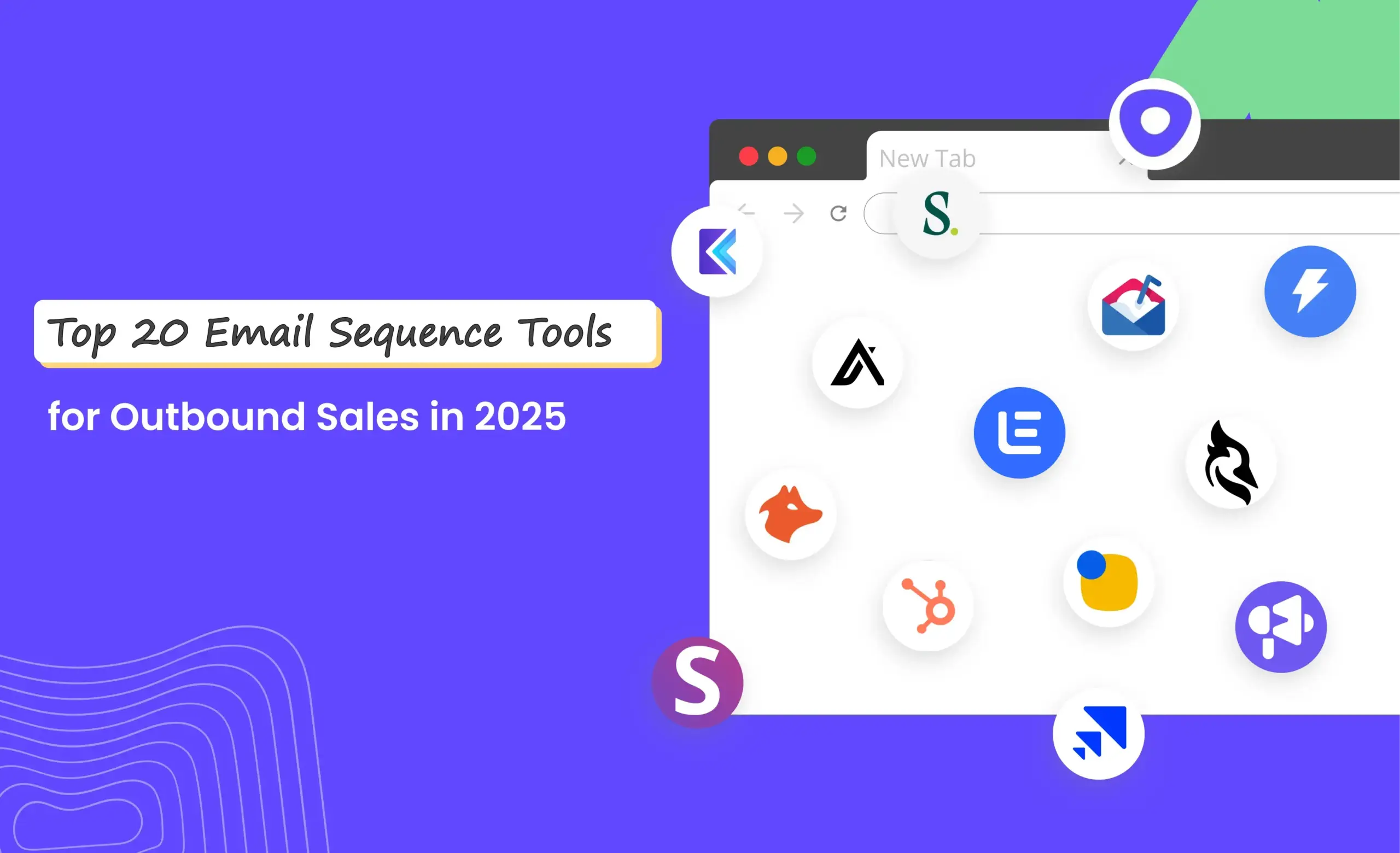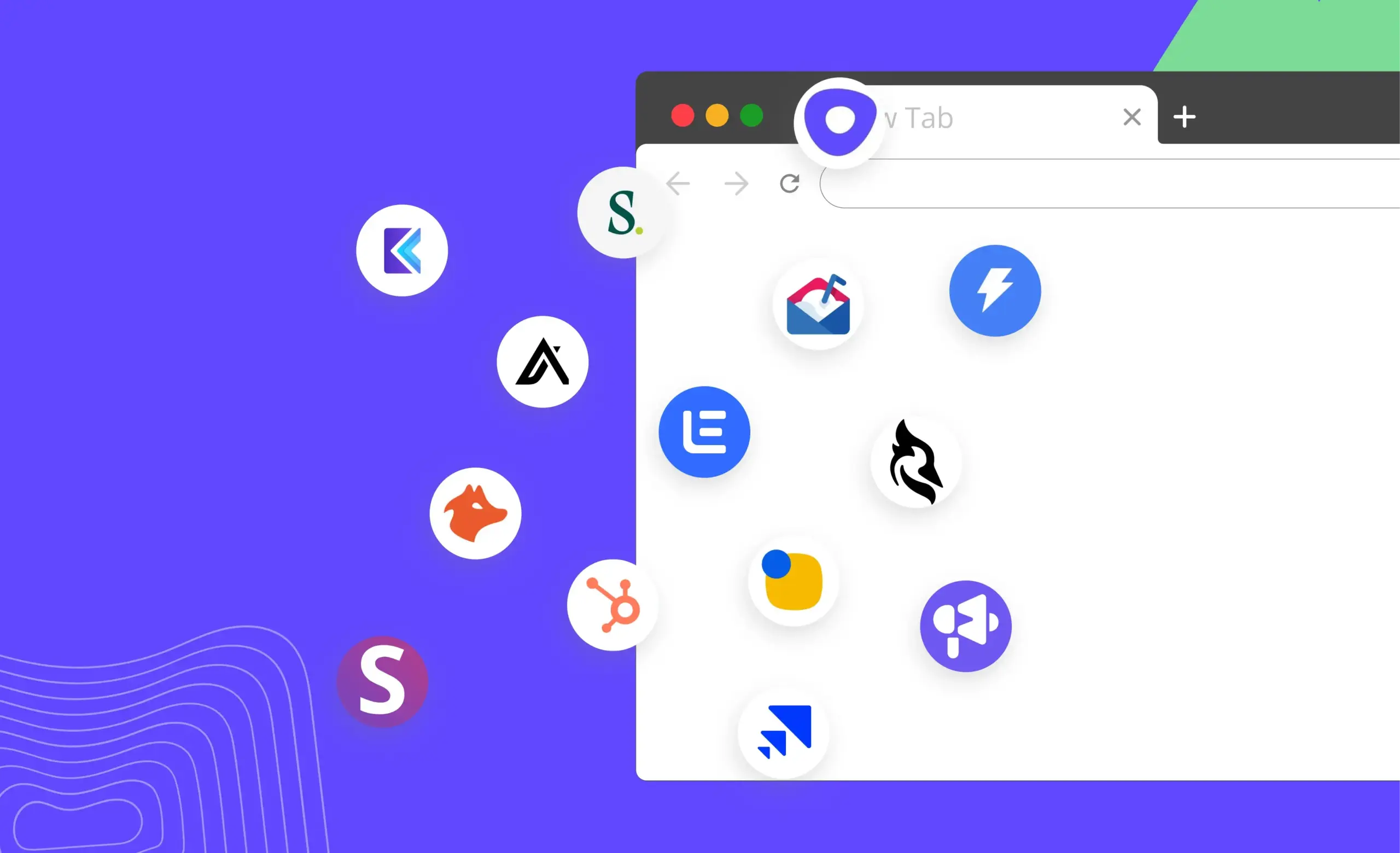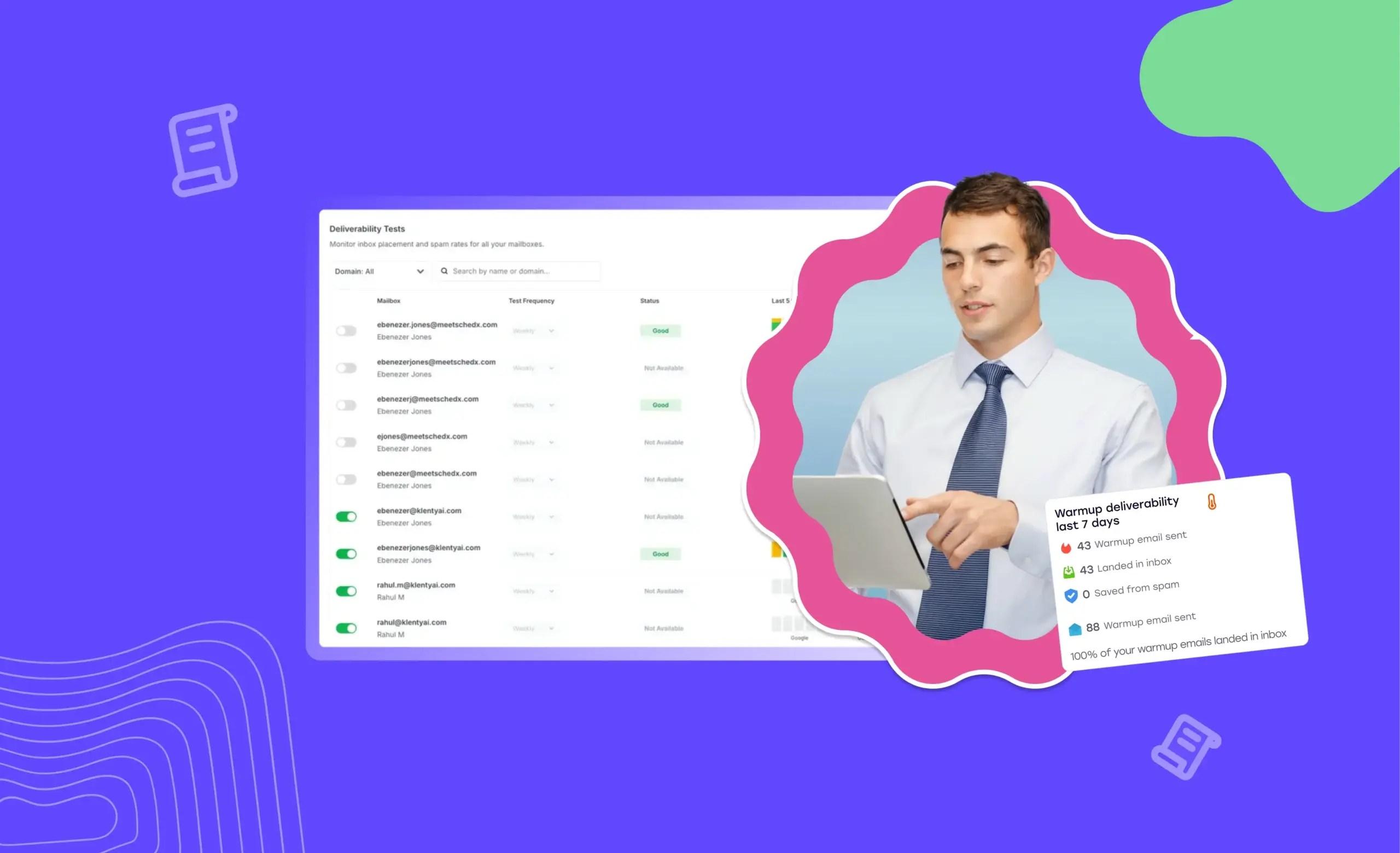Today, your ideal customer is just a click away. You don't need to attend crowded networking events or spend hours on endless phone calls. All you need is a well-crafted email that hits the bullseye.
But this is easier said than done. In a world where inboxes are flooded with messages vying for attention, your email needs to cut through the noise, grab your prospect's interest, and compel them to take action.
That's the magic of cold email copywriting.
In this blog, we will delve into the art of crafting captivating emails and equip you with 6 killer copywriting cold email templates and 10 game-changing tips that will make your emails irresistible to recipients.
What Is Cold Email Copywriting?
The roots of copywriting can be traced back to the world of advertising. It's the art of slinging words together to grab attention, evoke the right emotions, and drive the desired action. A copywriter works their magic to turn bland product descriptions into captivating stories and simple tag lines into memorable catchphrases.
The same concept applies to cold emailing.
Cold email copywriting is all about using persuasive language and storytelling techniques to craft emails that really speak to your prospects, even when they have no prior relationship with you.
It helps sales reps:
- Capture the prospect's attention and pique their interest, boosting open and response rates.
- Create messages that resonate with their audience, increasing the chances of booking meetings, initiating meaningful conversations, and closing deals.
- Maintain consistency in the tone and messaging across all emails, establishing brand consistency and credibility.
5 Key Sections of a Perfect Cold Email Copy
Let's break down the anatomy of a perfect cold email. Just like a well-structured story, a cold email should have distinct sections that guide the reader from the attention-grabbing beginning to the desired action. Here are the five key sections that comprise a winning cold email structure:
1. Eye-Catching Subject Line
A clever subject line can help you get your foot in the door. It's your one shot at convincing the recipient to open your email amidst the sea of messages in their inbox.
Why is this important? Because a third of your recipients will open your email after reading the subject line. They won't bother opening your email if it doesn't catch their attention.
Crafting an eye-catching subject line is an art. Here's how to do it right:
Be concise and intriguing: Keep your subject lines short. Use words that pique curiosity or address a pain point. For example:
- Boost your online sales by 50%
- A quick question about [prospect's company]
You can also try online subject line tester tools to check their effectiveness.
Personalization: Personalized email subject lines increase the average open rate by 39%. Mention the prospect's name, their company or pain points in the subject line to show that the email is specifically tailored to them. For example:
- [Prospect's name], let's improve [prospect's company] sales outreach strategy
- Here's how [prospect's company] can streamline operations
Highlight benefits: Show the value or benefit the recipient will gain from opening your email. Use words that speak directly to their needs or interests. For example:
- Increase cost savings with our innovative software
- Discover how [solution] can simplify your workflow
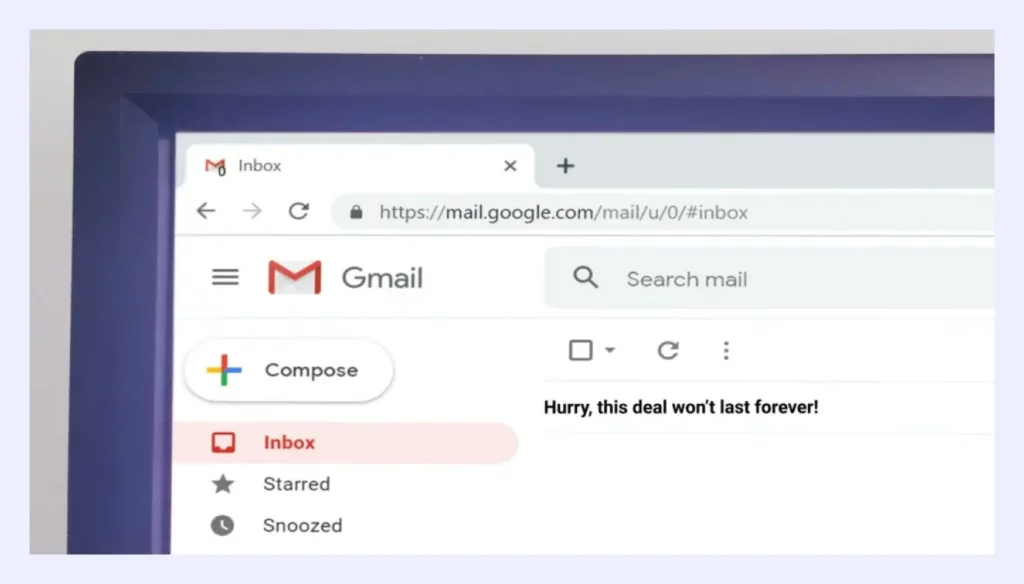
2. Personalized Introduction
After successfully grabbing the recipient's attention and getting them to open your email, it's time to get personal. The introduction is where you show that you've done your homework and that the email is not just a generic message sent en masse.
Personalizing it is the key to making your cold email feel warm and genuine. It not only captures the recipient's attention but also fosters a sense of connection and trust.
You can personalize the sales email introduction using tactics like:
- Mentioning the recipient's name and their company to show that you've taken time to research them. For example, "Hi, [prospect's name], congratulations on your promotion to [designation] at [prospect's company]."
- Highlighting a common interest, connection, or experience to build trust. For example, "[prospect's name], your speech at [event] was truly inspiring."
- Acknowledging a recent accomplishment or challenge their company has faced to show that you're aware of the situation. For example, "Hi, [prospect's name], congratulations on [prospect's company's] latest achievement in [field]."
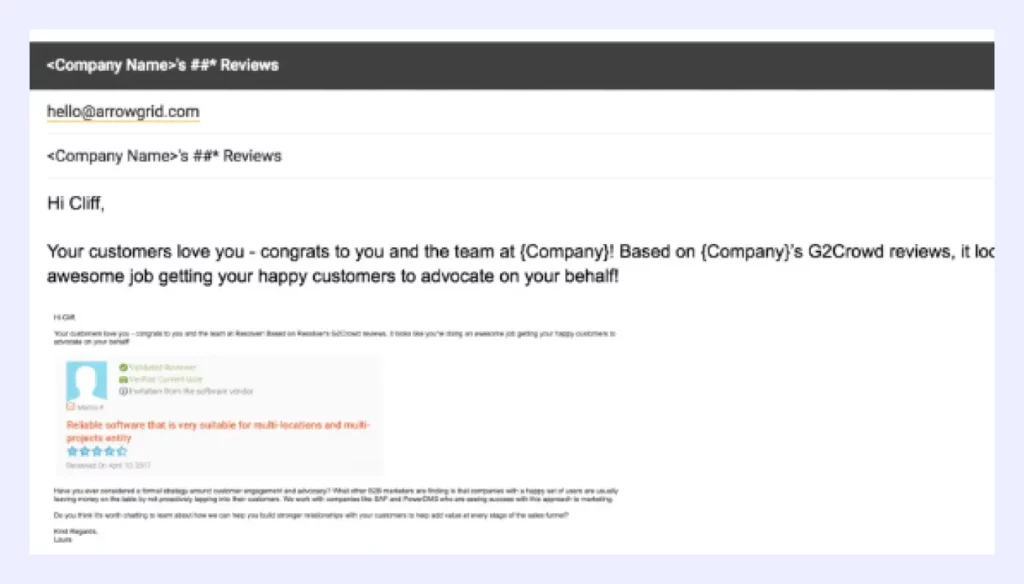
3. Convincing Email Body
The email body is the heart of your message. It showcases the value you bring and addresses the prospect's needs or pain points. Therefore, it must be compelling and engaging.
Here's how you can craft a killer email body:
- Start with a hook: A sentence or two reiterating your value proposition or addressing the prospect's pain point. Remember, it should immediately grab their attention. For example, "Imagine streamlining your company's operations and reducing costs significantly."
- Tell a story: People love stories. People absolutely love stories! So, go ahead and share a quick anecdote or case study in the email message that shows how your solution has positively impacted a similar business. For example, "[Competitor] recorded a 25% increase in sales after implementing our solution."
- Focus on benefits, not features: Instead of just listing all the cool features of your product, highlight the benefits it will bring to the prospect. How will it make their life easier, save time or money, or solve their problems? For example, "Our software not only automates your tasks but also frees up valuable hours and resources that can be used for other, more important functions."
- Include social proof: If you have positive reviews or client testimonials, shout them from the mountains. This helps you build credibility. For example, "Don't just take our word for it—here's what our customers have to say."
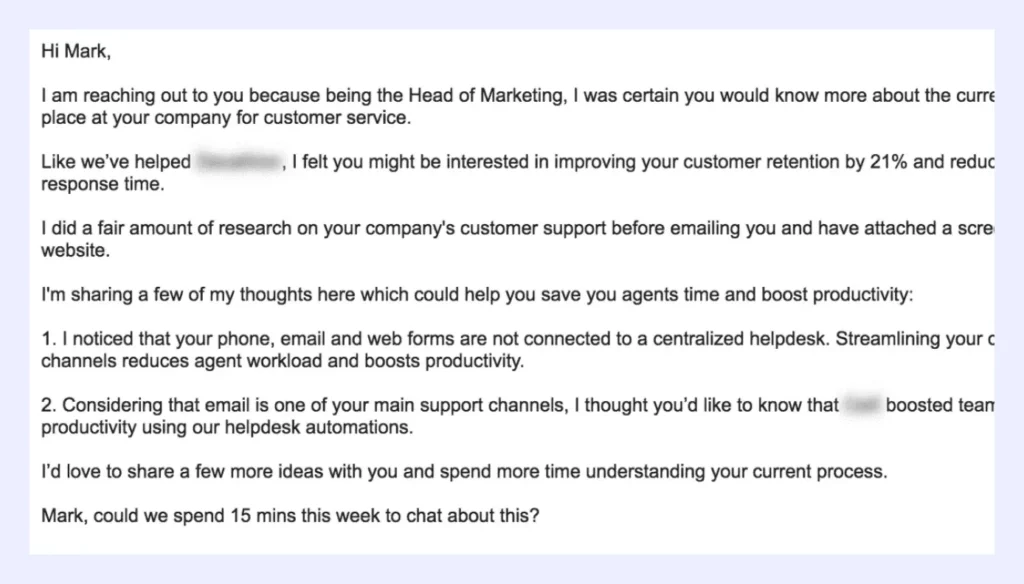
4. Strong Call-To-Action
A strong call-to-action (CTA) is the bridge that guides your recipient from reading your email to taking the desired action. It should be clear and compelling and prompt them to take the next step.
By making your CTA easy to follow and aligning it with the prospect's interests, you increase the chances of converting them into an engaged lead. Your CTA can be of 3 types:
- Specific: "Are you available for a quick call at 2pm on Wednesday?"
- Open-ended: "Are you available later this week to discuss this further?"
- Interest-based: "Are you interested in exploring how [solution] can help you solve [pain point]?"
So which is the best?
While all three CTAs are effective, it's best to use them in different situations. When it comes to cold emails, interest-based CTAs have 30% higher success rates. Why? Because when you're asking for the prospect's interest, you're not trying to sell a product or book a meeting. You're trying to make a conversation.
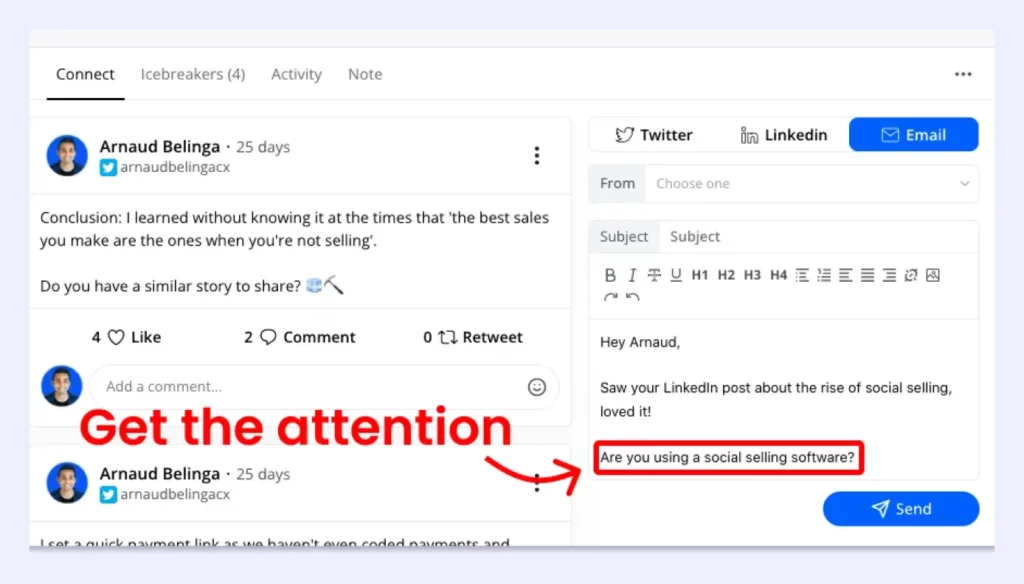
5. Professional Email Sign-Off
Your email sign-off may be the last thing your recipients read, but it's far from being the least important. A well-crafted sign-off wraps up your cold email with courtesy and professionalism, leaving a lasting impression on the prospect.
You can go beyond the traditional "regards" and "sincerely" and add a dash of creativity to your email sign-off with phrases like:
- Let me know what you think
- Looking forward to [event]
- Sending positive thoughts your way
- Thank God it's Friday!
- And that's a wrap!
Lastly, don't forget to add your name to help the prospect identify you easily. You must also mention your contact information in the email signature so they can reach out to you directly. This includes your job title, company name, phone number, and email address.
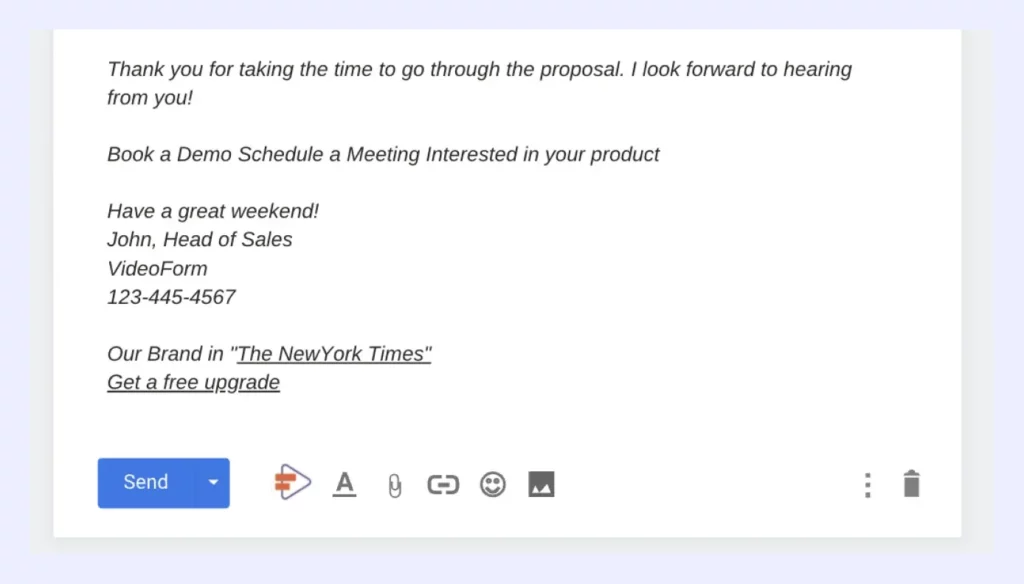
6 Cold Email Copywriting Templates With Proven Sales Techniques
Spending hours to craft the perfect cold sales email copy only not to get a response can be frustrating. After all, copywriting cold emails can be a tough nut to crack.
But worry not. Here are our 6 effective copywriting cold email templates that will help you boost response and click-through rates and run successful campaigns:
1. Attention Interest Desire Action (AIDA)
Developed by the legendary Elmo Lewis, AIDA is based on the stages that a customer goes through before making a purchase decision.
AIDA stands for Attention, Interest, Desire, and Action.
- Attention – Grab the attention and make prospects aware of the product
- Interest – Tell them something that will pique their interest in the product
- Desire – Turn the interest into a serious desire to get the product
- Action – Make them take the final action, which is generally nudging them to buy
Why does the AIDA technique work?
The AIDA copywriting technique is an applied stimulus-response model.
As consumers move through the different hierarchical stages, they pass through both cognitive and affective processing stages before any action occurs. This is a great technique to use when reaching out to prospects for the first time, and they may not even be aware of your company.
Cold Email Copywriting Example Using AIDA Technique
Subject: How [prospect's company] can increase engagement rates by 30%
Hi [prospect's name],
Imagine if you could cast a magic spell to grab your customers' attention and get them to engage with your content.
At [your company], we bring this dream to reality. Our tool has helped transform the engagement strategies of numerous companies like [competitor 1] and [competitor 2].
We understand your unique needs and goals to identify the most effective strategy and provide actionable insights to drive your engagement to new heights.
Learn how [prospect's company] can benefit from our tool by clicking on the link:
Have a great day!
[Your name]
[Your company name and contact details]
2. Features Advantages Benefits (FAB)
The FAB technique counts on highlighting your product's unique features to reel in prospects and show how they can benefit from them.
This is how the FAB formula looks:
- Features – What are the stand-out features the product has to offer
- Advantages – What problems can these features solve
- Benefits – What does this mean for your business
Why does the FAB technique work?
By highlighting the impressive features, you create a desire for the prospects to want to try out your product. This is a great technique to use for prospects who are already aware of your product and will be more interested to know about what features it offers to see if it can be helpful.
Cold Email Template for Copywriting with FAB Technique:
Subject: Elevate your sales strategy with [solution]
Hi [prospect's name],
Are you tired of grappling with sluggish sales processes, missed opportunities, and daunting quotas? You're not alone. Sales professionals like you often face these uphill battles.
This is where [your solution] comes in. It is tailored to ease these challenges with features like [feature 1], [feature 2], and [feature 3].
With [solution], you can increase sales productivity by x%, record faster conversions, and build meaningful customer relationships.
If you're interested, I'd love to schedule a quick call to explain how [solution] fits seamlessly into your sales strategy.
Let me know what you think.
[Your name]
[Your company name and contact details]
3. Fear of Missing Out (FOMO)
FOMO is a powerful psychological trigger. It creates a sense of urgency and scarcity, implying the prospect might miss out on something valuable or exclusive if they don't act quickly.
Psychologists believe FOMO is closely linked to the fear of social exclusion. When you mention that others, specifically their competitors, are already benefiting from your product, it provides social proof. And when they see that others are interested or using your solution, they're more likely to consider it seriously.
Why does the FOMO technique work?
This technique stems from the psychological principle of the self-determination theory, which describes a person's innate desire to feel related or connected to what others are doing.
FOMO works great for prospects who are in the later stages of the buyer's journey. Instill fear by focusing on what they will miss by not using your product, and you can get them to take action immediately.
Sales Email Template Using FOMO Technique
Subject: Don't miss out on [solution]—limited-time offer!
Hi [prospect's name],
Have you tried [solution] to solve [pain point] yet?
[Competitor 1] and [Competitor 2] have already implemented our revolutionary solution, and the results have been astonishing:
[Competitor 1] increased [specific metric] by x% in just 2 months.
[Competitor 2] reported an x% reduction in [relevant expense].
I'm confident we can help [prospect's company] achieve similar, if not better, results too, and gain a competitive edge in the [prospect's industry] market.
Don't miss out on the opportunity to get ahead of your competitors.
I'd love to discuss your requirements to create a tailored strategy for [prospect's company] any time this week. Let me know when you're available.
Cheers!
[Your name]
[Your company name and contact details]
4. Before After Bridge (BAB)
"People don't buy your products. They buy a better version of themselves." This is the fundamental premise of the BAB copywriting technique, which emphasizes how people's lives will significantly improve by using your product.
The BAB technique looks like this:
- Before – The prospect's current situation
- After – Their life after the problem is solved
- Bridge – How can they get that life using your product
Why does the BAB technique work?
The BAB technique uses people's emotions of wanting something better than what they already have. By portraying a bleak picture of the prospect's current situation and simultaneously showing a glimpse of a great future, you tempt them to want to reach there.
This is very effective when reaching out to prospects who might be experiencing specific pain points.
Sales Email Template Using BAB Technique
Subject: Discover new prospects with [Solution]
Hi [prospect's name],
Looking for new prospects every day can feel like searching for a needle in a haystack.
At [your company], we can help you simplify it and connect with prospects without spending hours each day.
I can schedule a call on Wednesday at 15:00 to explain how we can help you get results.
Let me know!
[Your name]
[Your company name and contact details]
5. Praise – Picture – Push (PPP)
Throwing in a genuine compliment is one of the easiest ways to get someone to like you.
That is exactly what the Praise-Picture-Push technique is all about!
The copywriting technique focuses on getting the prospect's attention by praising them and then using the opportunity to talk about your product.
This is how the PPP technique looks:
- Praise – Open with a sincere compliment
- Picture – Show how your product can help them
- Push – Ask them to take it forward
Why does Praise-Picture-Push Technique Work?
By opening up with a compliment, the prospect becomes instantly more receptive to what you have to say.
The reason is simple: to the human brain, receiving a compliment has the same effect as receiving cash!
So, it is easy to see why this is a great way to start a conversation.
This technique is very effective in reaching out to prospects for the first time. It's a great way to start building a relationship – with a compliment, which can make the process of leading to a sale much easier.
Sales Email Template Using PPP Technique
Subject: Improve your outbound sales with [solution]
Hi [prospect's name],
Congratulations on your recent promotion to sales director at [prospect's company]. Your industry expertise caught my attention and it's evident you understand the nuances of effective sales strategies.
But while [prospect's company] has made impressive strides in outbound sales, there's a common challenge I've noticed among similar companies in your sector: [relevant pain point].
Given your new role and proven ability to navigate sales challenges, I believe you're the best person to explore how [solution] could be tailored to address [prospect's company's] unique needs.
[Competitor 1] and [competitor 2] have already seen remarkable results with [solution].
If you're interested, I can schedule a call on Tuesday at 15:00 EST to show you how this works.
Let me know what you think.
Cheers!
[Your name]
[Your company name and contact details]
6. Problem – Agitate – Solve (PAS)
Pain is an even greater motivator than pleasure. This is what the PAS technique counts on—to drive people into making a purchase decision.
What does PAS stand for?
- Problem – Highlight a problem/ pain point
- Agitate – Tell them what happens if they don't fix it soon
- Solve – Show them how they give them a way to achieve that
Why does the PAS technique work?
According to psychology, we prefer avoiding losses even more than the chance of gaining something – people want to steer clear of pain, problems, burdens, and anything that makes them uncomfortable.
You capitalize on this fear and agitate the prospects into taking action by showing the risks of not fixing their problems.
This technique is very effective when you have a clear idea of the pain points that the prospect is facing and tell them what exactly they need to do to get rid of the problems – here, the prospects may/may not be aware of your product.
Sales Email Template with PAS Technique
Subject: Optimize [prospect's company's] website to boost sales
Hi [prospect's name],
I was going through your website and noticed that your site is not optimized for mobile phones! Given that 51% of web traffic comes from mobile phones, you risk losing a lot of customers by not solving this issue.
The good news is, there's a solution—[your solution]. We specialize in transforming websites into mobile-responsive powerhouses so you never lose out on a customer.
I'd love to walk you through how this works. Are you available for a quick chat this week?
[Your name]
[Your company name and contact details]
10 Cold Email Copywriting Tips to Level up Sales Efforts
Now that you understand the essence of cold email copywriting let's dive deeper into the tactics that can transform your outreach efforts into successful conversions. Whether you're connecting with prospects for the first time or nurturing existing leads, these 10 cold email copywriting best practices are all you need to elevate your sales game:
1. Avoid Premature Selling in the Initial Stages
In the early stages of a cold email, your primary objective is not to close a deal but to establish a connection. So avoid jumping directly into your cold email pitch. Instead, focus on building rapport and addressing the recipient's pain points. This shows you're not another salesperson but are genuinely interested in helping the prospect.
2. Ask Open-Ended Queries Within Your Cold Email Message
Open-ended questions encourage your prospect to share their thoughts and engage with your message. This not only sparks a conversation but also provides insights into their needs and goals.
For example, instead of asking, "Are you facing [specific challenge]?" try asking, "What's the biggest obstacle you currently face in [relevant function]?"
3. Communicate Your Value Proposition Clearly
The prospect should immediately understand the value your solution offers. Highlight the key benefits they'll gain by working with you, such as increased efficiency, cost savings, or revenue growth. As a bonus, be as specific as you can.
For example, "With [solution], you can save up to 30% on [specific expense] while boosting [desired outcome]."
4. Use Personalization in Your Email Copy
Personalization goes beyond just the recipient's name. It involves tailoring the message to their unique situation. Mention recent achievements or challenges specific to their industry or role to show your genuine interest.
Top-performing SDR Alastair Chamberlin often experiments with different personalization methods for different stages in his cadences. He uses GIFs, images, and videos. When he's reaching out to prospects on LinkedIn, he sometimes also sends voice notes, which have successfully received replies.
5. Add Social Proof in Emails to Enhance Credibility
Share success stories, testimonials, or notable clients to establish trust and credibility. People are more likely to engage with your email if they see that others have benefited from your solution.
For example, "We've helped companies like [company A] and [company B] achieve [measurable results]. Here's how we can do the same for you."
6. Focus on Benefits, Not Just Features
Instead of simply listing product features, highlight how they translate into benefits for the prospect. Explain how your solution can solve their pain points or improve their life.
7. Infuse Urgency and Exclusivity for Impactful Cold Emails
Creating a sense of urgency or exclusivity is an excellent way to encourage prompt action. Limited-time offers, exclusive deals, or time-bound discounts can create a sense of formation and push recipients to respond promptly.
For example, "Only the first 50 respondents will receive a 20% discount. Act now to secure this exclusive offer."
8. Refine Your Prospect List
Quality always trumps quantity. So, before you shoot off any cold sales emails, make sure your prospect list is highly targeted and relevant to your offering. A smaller email list of ideal prospects will drive way better results than a large, generic one.
9. Stay Away From Spam Triggering Words
Certain words or phrases are flagged by the spam filters. As a result, your emails will land in the spam folder instead of your prospect's inbox. Therefore, it's wise to stay away from them.
Some examples of spam-triggering words include "free," "claim your discount," "order now," "make $$$," etc.
You must also avoid using excessive exclamation points, unnecessary uppercase words, too many colors, or too many punctuations that scream for attention. They hamper your email deliverability.
10. Run an A/B Test To Check the Email's Effectiveness
Don't leave the success of your cold email outreach to chance. Conduct A/B tests with different email subject lines, message variations, email lengths, CTAs, or even the best time to send cold emails to identify what resonates best with your audience. This will help you analyze the results and refine your approach to run successful cold email campaigns.
Take Your Cold Email Copywriting to the Next Level
A well-crafted email is like a digital handshake. It can open doors, initiate conversations, and ultimately lead to meaningful business relationships. But the journey doesn't end here.
In the ever-evolving landscape of sales engagement, staying on top of your game is an absolute must. This is where Kai, Klenty's AI sales engagement assistant, comes into play.
It helps you craft email content from prompts and improve existing templates to make them more engaging. Kai also helps you respond to prospects based on the previous conversations in the thread with a single click.
What's more? It scores your templates for readability and spam words and helps you fix them. It's like having your own personal email editor.
FAQs
How do I practice email copywriting?
- Analyze emails that have performed well and pay attention to their structure, tone, and messaging.
- Practice writing cold outreach emails regularly, even if they're not for real campaigns. The more you're right, the better you'll get.
- Take online courses, read books, or follow experts to get insights and learn more about the best email formats.
- A/B test different email variations in actual cold email campaigns to determine what works best.

